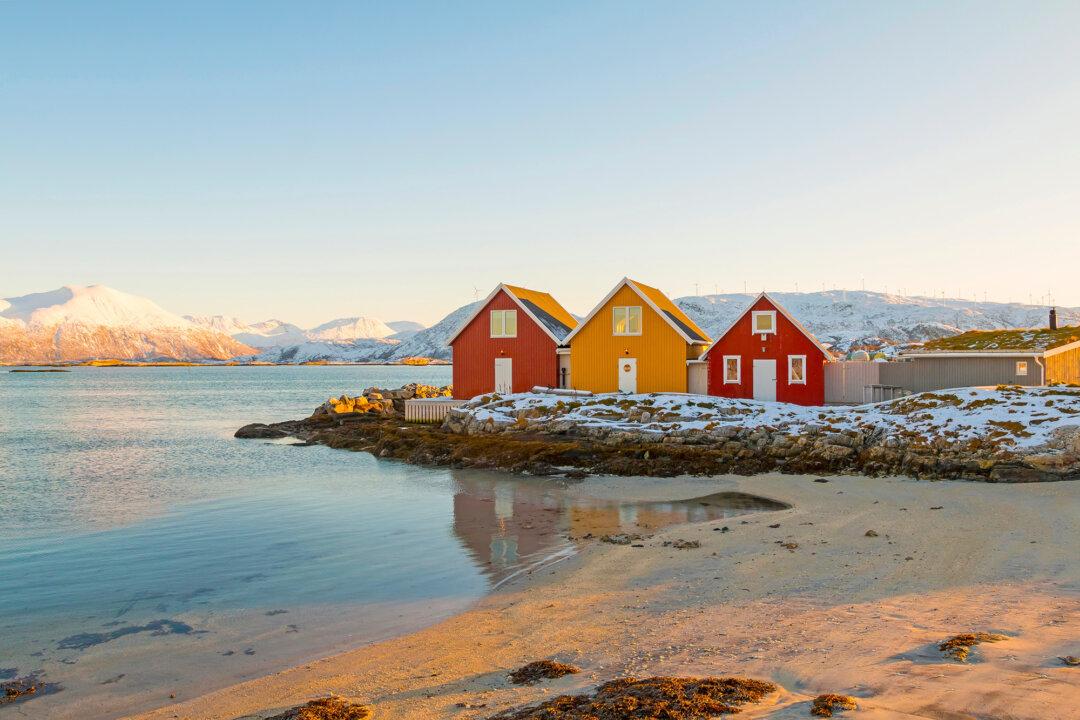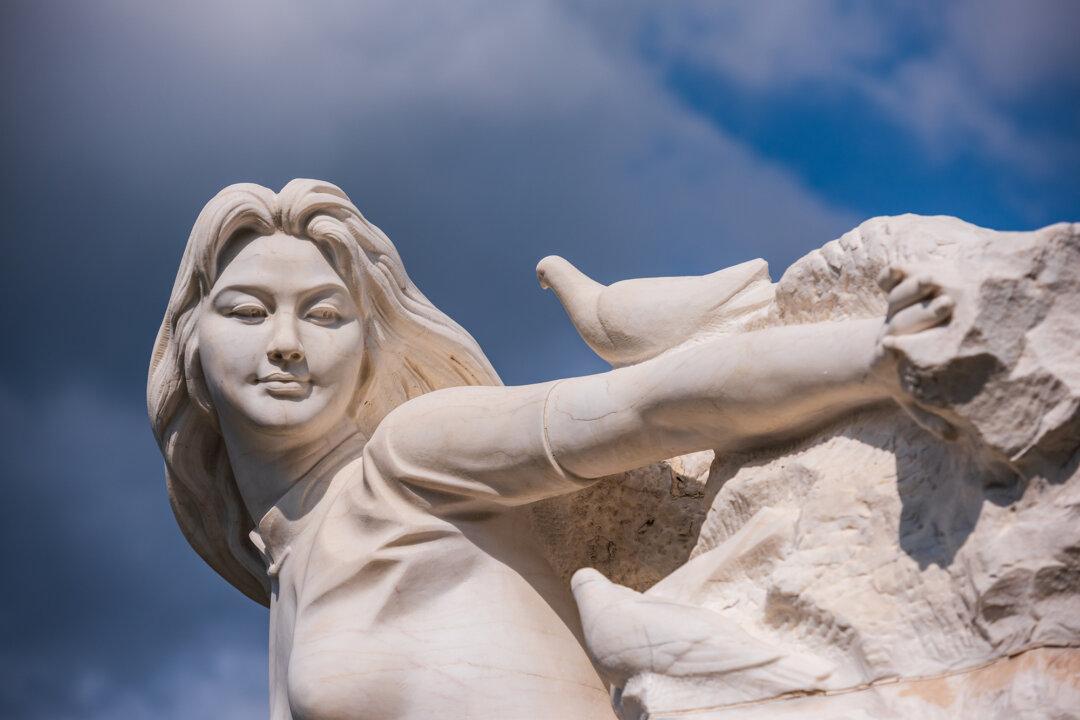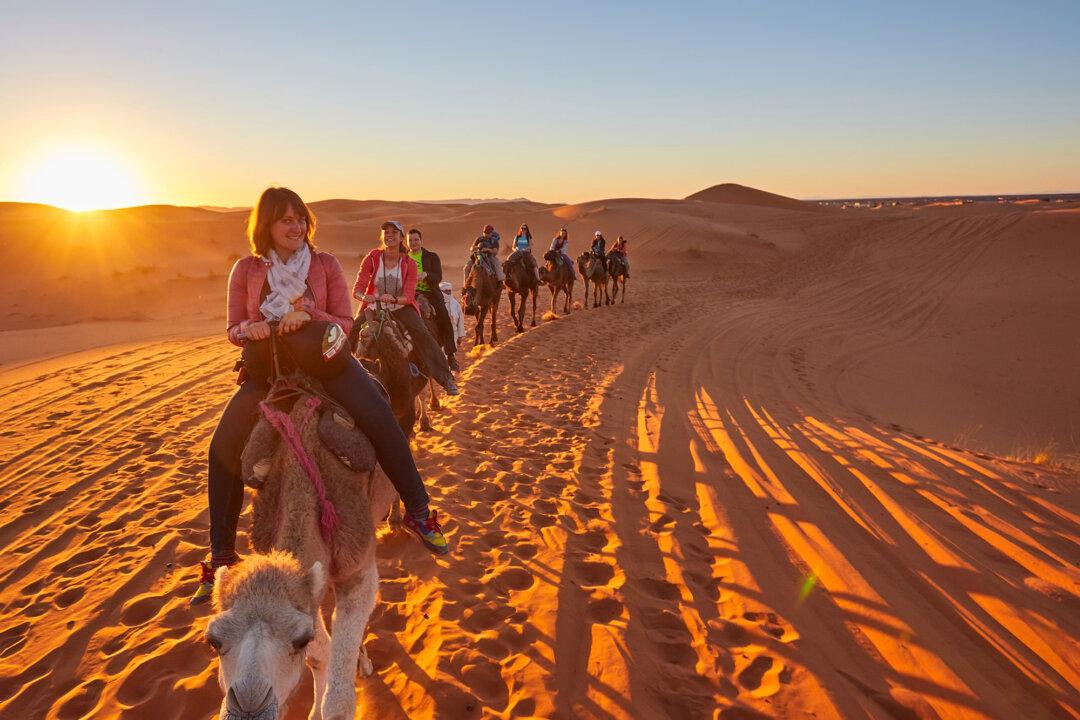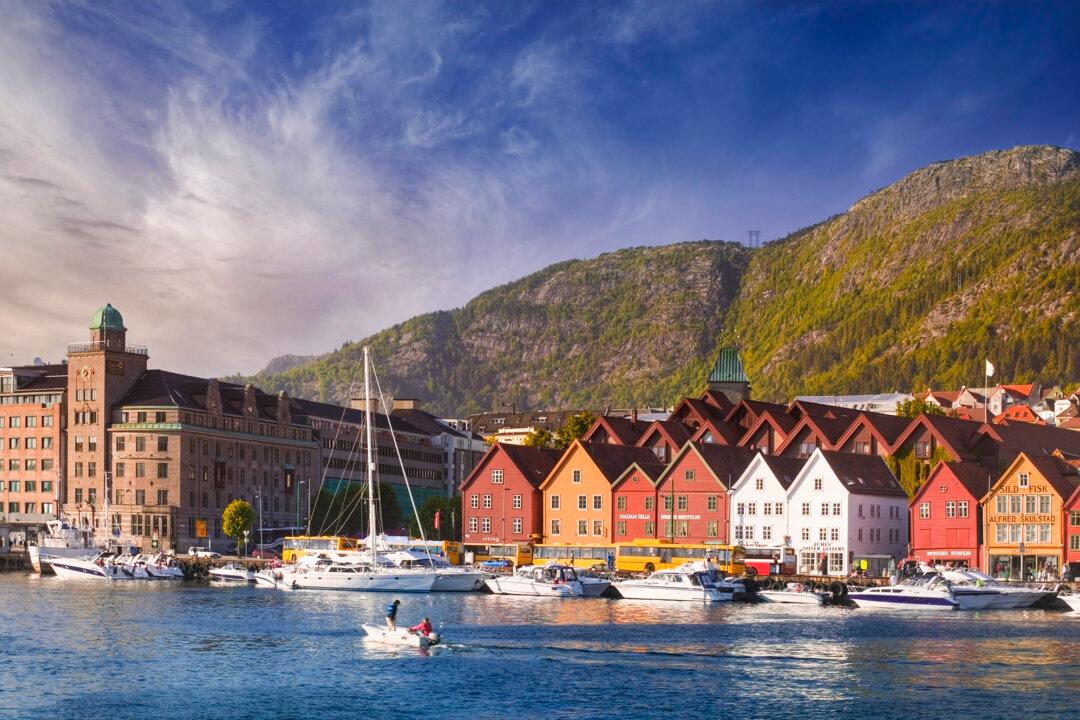There’s really no place on Earth like it. Yes, Antarctica is the highest, driest, coldest, darkest, windiest continent on Earth. But it’s more than that. This vast, frozen place captures—and stretches—the imagination. And over the course of seven visits, I’ve learned a few things, too. Here are the three primary lessons that I’ve learned in the southernmost stretches of the world.
1. The World Is (Almost) Endless
Our conception of the globe can be very small. You can step on a plane in New York, then stride out onto the jet bridge in Hong Kong, literally on the other side of world, on the same day. And of course, many people rarely leave their own little neighborhood.But a trip to Antarctica drives home the utterly massive scale of the Earth. I remember the first time I traveled there, about a decade ago. After boarding the ship in Argentina, we encountered a very rough crossing of the Drake Passage, infamously the most difficult stretch of water on Earth. I’ll never forget it.





